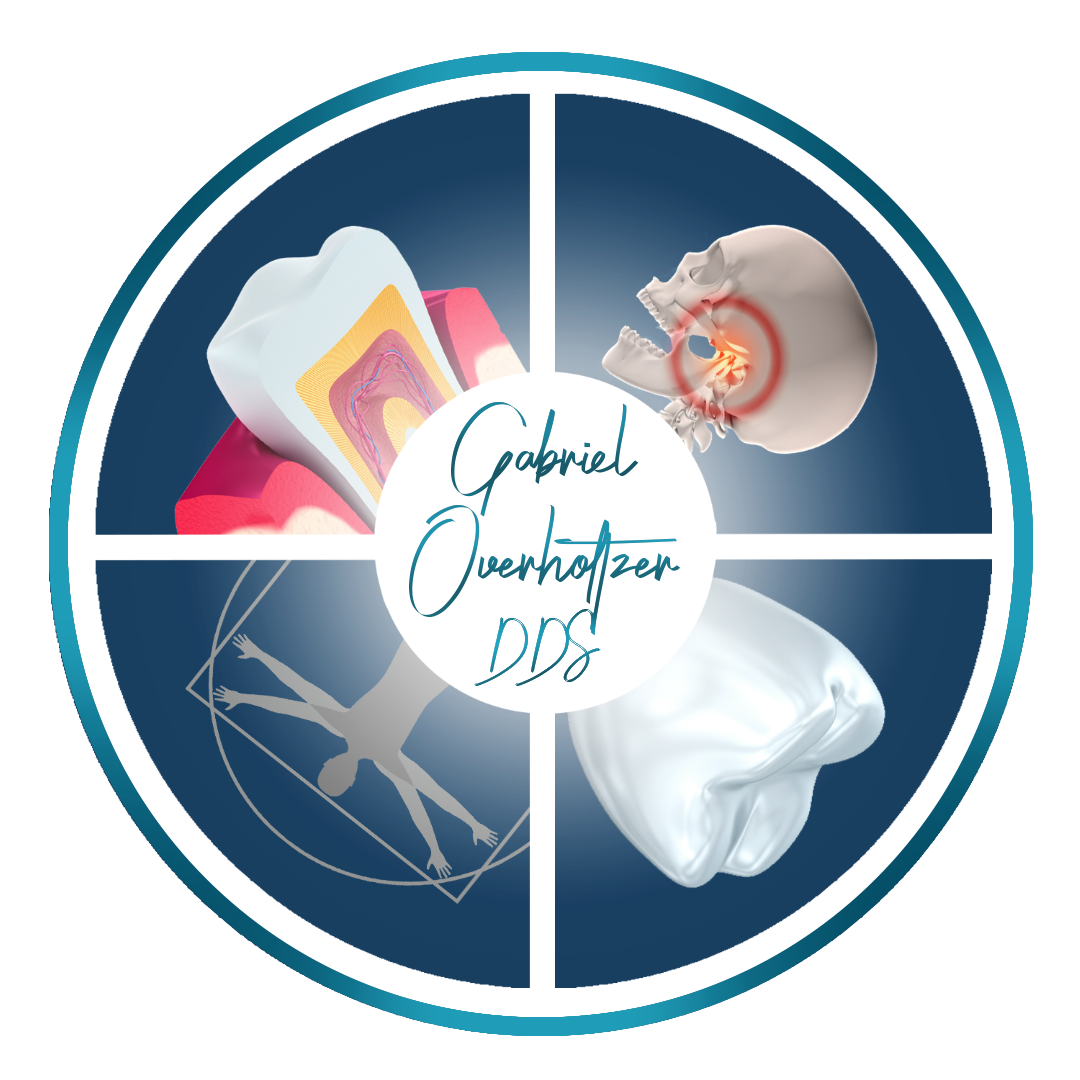Dental cleaning, also known as dental prophylaxis, is a vital component of maintaining optimal oral health. During a dental cleaning, a trained dental hygienist or dentist employs a series of essential procedures to remove plaque, tartar, and stains from your teeth, ensuring they remain healthy and free from dental issues. In this article, we will provide a comprehensive overview of what is included in a dental cleaning in Bishop CA or ther regions of the world.
1. Examination of the Oral Cavity
Every dental cleaning begins with a thorough examination of your oral cavity. The dentist or dental hygienist will inspect your teeth, gums, tongue, and the inside of your cheeks. This examination is essential for detecting any visible issues, such as cavities, gum disease, or abnormalities.
2. Removal of Plaque and Tartar
Plaque is a sticky film of bacteria that adheres to your teeth and gums, leading to tooth decay and gum disease. Tartar, also known as calculus, is hardened plaque that cannot be removed by regular brushing and flossing. Dental cleaning involves the careful removal of both plaque and tartar from the surfaces of your teeth, especially in hard-to-reach areas.
3. Professional Teeth Cleaning
One of the key elements of a dental cleaning is the professional cleaning of your teeth. Using specialized dental instruments, the dental hygienist or dentist will meticulously clean each tooth’s surface, removing any remaining plaque, tartar, and surface stains. This cleaning helps maintain the integrity of your tooth enamel and contributes to cavity prevention.
4. Scaling and Root Planing (if necessary)
In cases of advanced gum disease, scaling and root planing may be necessary. This procedure involves a deeper cleaning to remove plaque and tartar from below the gumline and to smooth the tooth roots. Scaling and root planing are crucial for managing gum disease and promoting gum health.
5. Polishing and Flossing
Following the removal of plaque and tartar, your teeth will be polished to remove surface stains and create a smoother tooth surface. Polishing is typically done using a special paste and a rotating tool. After polishing, the dental hygienist will floss your teeth to ensure that all debris is removed from between them.
6. Fluoride Treatment (if desired or necessary)
Fluoride is a mineral that helps strengthen tooth enamel and makes teeth more resistant to decay. Some dental cleanings include a fluoride treatment, which involves applying a fluoride gel or foam to your teeth. This is especially beneficial for individuals at a higher risk of cavities.
In conclusion
Dental cleaning is a comprehensive process designed to maintain and improve your oral health. It involves a detailed examination, the removal of plaque and tartar, professional teeth cleaning, and polishing to enhance the appearance of your teeth. In cases of gum disease, scaling and root planing may be performed. Fluoride treatment may also be included for added protection against cavities. Regular dental cleanings are essential for preventing dental issues, preserving your oral well-being, and ensuring a radiant and healthy smile. Make sure to schedule and attend these appointments as recommended by your dentist to maintain optimal oral health.
